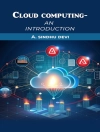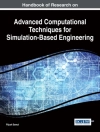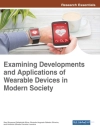Radio observations of the cosmos are gathered by geoscientists using complex earth-orbiting satellites and ground-based equipment, and by radio astronomers using large ground-based radio telescopes. Signals from natural radio emissions are extremely weak, and the equipment used to measure them is becoming ever-more sophisticated and sensitive. The radio spectrum is also being used by radiating, or "active, " services, ranging from aircraft radars to rapidly expanding consumer services such as cellular telephones and wireless internet. These valuable active services transmit radio waves and thereby potentially interfere with the receive-only, or "passive, " scientific services. Transmitters for the active services create an artificial "electronic fog" which can cause confusion, and, in severe cases, totally blinds the passive receivers. Both the active and the passive services are increasing their use of the spectrum, and so the potential for interference, already strong, is also increasing. This book addresses the tension between the active services’ demand for greater spectrum use and the passive users’ need for quiet spectrum. The included recommendations provide a pathway for putting in place the regulatory mechanisms and associated supporting research activities necessary to meet the demands of both users.
Board on Physics and Astronomy & Committee on Radio Frequencies
Spectrum Management for Science in the 21st Century [PDF ebook]
Spectrum Management for Science in the 21st Century [PDF ebook]
Koop dit e-boek en ontvang er nog 1 GRATIS!
Taal Engels ● Formaat PDF ● Pagina’s 248 ● ISBN 9780309146876 ● Uitgeverij National Academies Press ● Gepubliceerd 2010 ● Downloadbare 3 keer ● Valuta EUR ● ID 7141471 ● Kopieerbeveiliging Adobe DRM
Vereist een DRM-compatibele e-boeklezer












